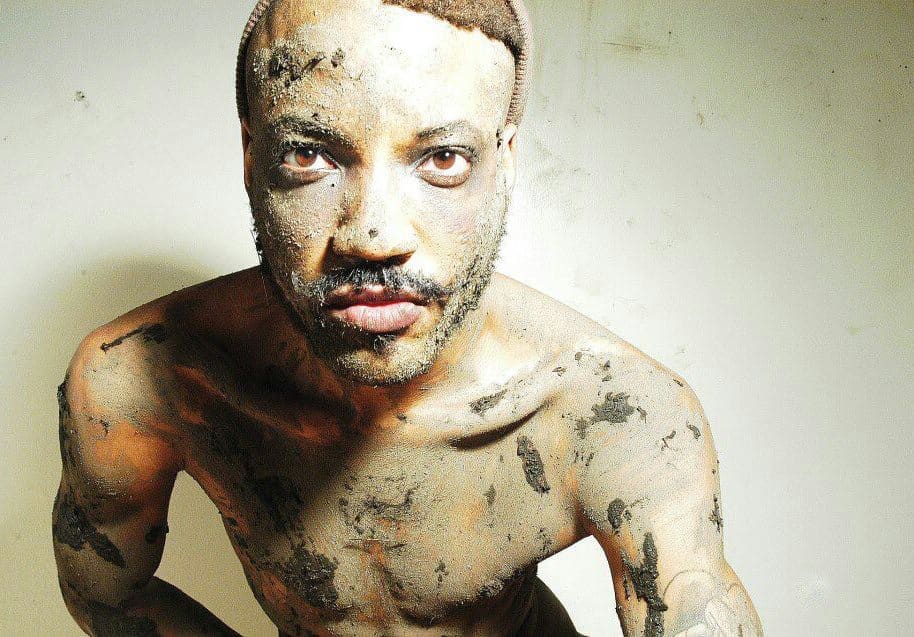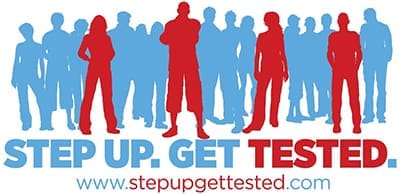By Lauren B. Beach, JD/PhD @laurenbbeach
The term “Pride” is synonymous with the history of protest and celebration for the liberation of LGBTQIA+ people and communities. Little known, however, is that the origins of Pride have bisexual roots. In 1969, Black and Brown transgender women, including Marsha P. Johnson, Miss Major Griffin-Gracy and Sylvia Rivera were instrumental to the Stonewall Riots. Brenda Howard – the “Mother of Pride” – organized the Christopher Street Liberation Day March on June 28, 1970 to commemorate the one-year anniversary of Stonewall. Today, Christopher Street – a protest march – is recognized as the world’s first Pride parade.
Brenda was a bisexual cisgender Jewish woman. She identified as both kinky and polyamorous and at times worked as a phone sex operator. She was a fierce activist who worked across many social movements, including HIV advocacy, racial justice, anti-war efforts, sex worker rights, nationalized healthcare, and LGBTQIA+ and feminist issues, among others. Brenda was also a tireless advocate for bisexual inclusion in LGBTQIA+ movements from the 1960s until her death on the 35th anniversary of the Christopher Street Liberation Day March in 2005.
The history of Pride teaches us that without bisexual, transgender, and Black, Brown, Indigenous and other people of color, Pride would not exist. It also teaches us that intersectionality is key for LGBTQIA+ liberation. Intersectionality is a theoretical framework developed by Black feminist scholars that links intersecting forms of marginalization (e.g., racism, sexism, homophobia, biphobia, transphobia, ableism) to systematic structural inequities disproportionately impacting individuals who hold multiply marginalized identities. Pride month is an important time to center the identities, communities and accomplishments of bisexual and transgender people, especially those of color.
The population demographics of LGBTQIA+ communities also highlight the importance of intersectional bisexual visibility during Pride. Study after study has shown that the majority of LGBTQIA+ people identify as bisexual. In 2021, Gallup released a new report showing that 54% of US LGBTQIA+ adults identify as bisexual. These percentages were even higher among youth: among Gen Z, 72% of LGBT adults were bisexual. Data also show that large percentages of bisexual people are transgender, non-binary and people of color.
Few studies, however, and even many LGBTQIA+ community resources fail to include the many identities that fall under the bi+ umbrella. While many people who are attracted to two or more genders identify as bisexual, there are a variety of identity labels multi-gender attracted people commonly use.
Understanding the Bi+ Umbrella
Pansexual Many people – especially youth – identify as pansexual. Similar to bisexuality, while there are as many definitions of pansexual as there are pansexual people, commonly accepted community-level definitions of pansexuality include attraction to all genders or attraction regardless of gender.
Queer Queer is also a common identity label that people who are attracted to multiple genders as well as people with nonbinary gender identities may use to refer to their sexual and/or gender identities.
Sexually Fluid Some people who experience shifts in the degree of their attraction to people of different genders over time identify as (sexually) fluid.
Bi+ and Asexual or Ace Spectrum and bi+ People who experience multi-gender romantic attraction but who do not experience sexual attraction also are included under the bi+ umbrella and may also identify as both bi+ and asexual or ace spectrum (e.g., graysexual, demisexual).
More than one label Relatedly, many bi+ people also identify with more than one label – for example as bisexual, pansexual, asexual, and/or queer. Especially during Pride, it is important to remember that whether identifying with one label, multiple labels, or no labels, multi-gender attracted people are always correct in how they define their sexual identity.
Overall, both the history of Pride and the diversity of bi+ people demonstrate that bisexual people – especially bi+ transgender people and people of color – have a place at Pride. Indeed, it would not exist without us.
Lauren Beach, PhD/JD (she/they), is a Research Assistant Professor in the Department of Medical Social Sciences and the Associate Director of the EDIT Program in the Institute for Sexual and Gender Minority Health and Wellbeing at Northwestern University. She identifies as bisexual, ace, and demigender and has 19 years of experience leading LGBTQ and bisexual organizations in higher educational and community settings. Scientifically, they investigate the epidemiology of chronic physical health conditions among sexual and gender minority (SGM) populations and strive to empower community advocates to create evidence informed SGM health policy.
To get involved with organizations serving bi+ communities, check out Bisexual Queer Alliance Chicago, Chicago Black Gay Men’s Caucus, Affinity Community Services, Bisexual Resource Center, BECAUSE Conference and the Visibility Impact Fund.


